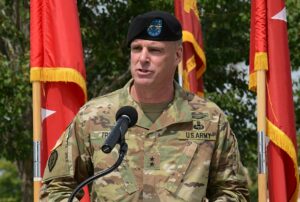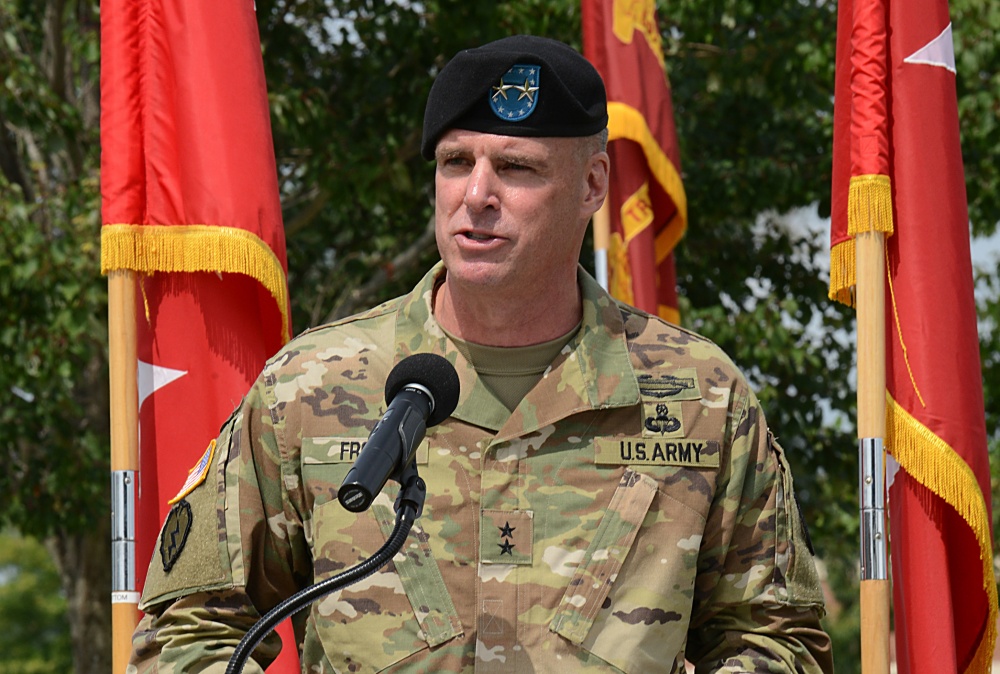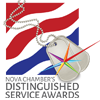 The Coronavirus Pandemic has gripped the globe and is having an impact on Americans not seen in generations. This unforeseen, quick moving, and constantly changing crisis has evolved into a second pandemic – the panic, fear and perceptions cascading as a result of the virus. Now more than ever leadership is required.
The Coronavirus Pandemic has gripped the globe and is having an impact on Americans not seen in generations. This unforeseen, quick moving, and constantly changing crisis has evolved into a second pandemic – the panic, fear and perceptions cascading as a result of the virus. Now more than ever leadership is required.
CEOs, executive teams and companies who deal with the crisis effectively will come out the back end with stronger bonds with their clients, improved relationships and connectivity to external stakeholders, and resilient systems and processes to deal with future crises. What are the critical elements leaders should be thinking about and doing during the coronavirus crisis?
Below are my bulleted tips to help guide you and your team:
- BE CALM: Be the calm in the chaos. You must extract your personal challenges and emotions from the crisis and deal with issues calmly, logically & with little emotion except for the empathy you communicate.
- BE EMPATHETIC: Your team is in the crisis too. Realize your team will lose focus and be drawn to deal with their personal issues. This is natural. Plan for it and give them what they can handle. They must reflect calm as well.
- BE PRESENT: Presence matters. Where are you as a leader during the crisis? Are you seen and heard by your team and clients? Use in person, videoconference, telephone, and digital mediums to communicate and be present. When the crisis is over you will be remembered most for being present or absent.
- BE VIGILANT: Determine the decisive point and lead there. This may be a geographic point, key event, critical factor or function that allows leaders to gain advantage and contribute materially to success. Where will you focused as an executive leader during this crisis? How will you extend influence virtually?
- BE A LEADER: Do only what you can do as a leader. Don’t let the crisis drive you to your comfort zone or expertise and therefore your team’s job. See the broader picture and engage, communicate and do only what you can do.
- BE VISIONARY: Carve out time to think about the future. When the pandemic is over, will there be a subsequent industry crisis? Industry changes? Industry opportunities? How will you begin planning for these?
- EMPOWER AND ASSIST: Lead people and don’t manage work. Tell your team what and why something must get done and not the how. Telling them the how will mire you in details and you will get lost in the tactical day to day and fail to plan strategically for the long run; the next turn in the crisis and post crisis.
- GET RHYTHM AND CONTROL TEMPO: Develop a crisis operating rhythm. How often do you need to meet? Who do you call and how often? What is your medium for communicating to external stakeholders, clients, etc.?
- KNOW WHEN TO TAKE A TIME OUT: Build in tactical pauses. Everything is changing so quickly you and your team can get behind, lose perspective and become misaligned. Build in time to stop, evaluate the big and small picture, reset and get everyone on the same path.
- LEVEL THE PLAYING FIELD: The key to communications is tone, tone and tone. There are plenty of sources that will continue to put energy into panic and emotion. How will you set the tone and balance that the objective is important and comes first, but you always focus on people? Listening, consoling, empathizing and offering perspectives, facts, and expertise will go a long way to calming the herd.
This blog post provided by: Major General Malcolm Frost (Ret). He has over 32 years of leadership experience in both the U.S. Army and business and currently specializes in corporate leader development, crisis communications, and keynote speaking. He served as a career Infantryman, commanding and leading soldiers at every level from Lieutenant to 2-star General. Throughout his military career he provided large-scale strategic and operational leadership and oversight of units in the Indo-Asia-Pacific, Middle East, Europe, and the United States - successfully leading the evolution of soldier training programs in peace and war.

















